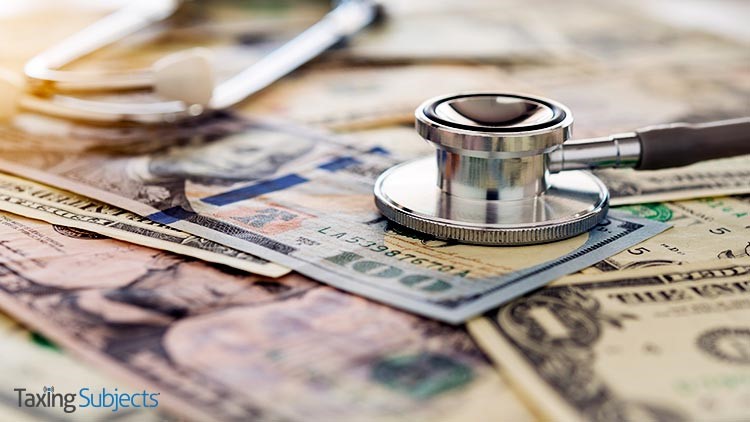IRS Unveils New Self-Employed Sick Leave and Family Leave Form

Taxpayers may be aware that the Families First Coronavirus Response Act (FFCRA) includes a refundable tax credit for eligible employers who provide COVID-related sick and family leave. What some might not know is that this credit is also available for self-employed individuals, and a new form from the Internal Revenue Service makes claiming it straightforward.
What form should self-employed individuals use to claim FFCRA sick leave and family leave tax credits?
The IRS this week announced that Form 7202, Credits for Sick Leave and Family Leave for Certain Self-Employed Individuals, is now available for download on IRS.gov. In addition to completing Form 7202, the agency notes that eligible self-employed individuals will need to make sure they claim the credit on the appropriate Form 1040:
- 2020 Form 1040 for leave taken between April 1, 2020, and December 31, 2020
- 2021 Form 1040 for leave taken between January 1, 2021, and March 31, 2021
When calculating the amount of the sick leave or family leave tax credit, the IRS suggests checking out sections 61 and 63 under “Special Issues for Employees” on IRS.gov.
Which self-employed individuals can claim the FFCRA sick and family leave tax credit?
The IRS says that self-employed individuals must have documentation showing that COVID-19 caused them to be “unable to work or telework for reasons relating to their own health or to care for a family member.” And the Department of Labor lists these six reasons that employees, in general, can qualify for FFCRA paid sick leave:
- is subject to a Federal, State, or local quarantine or isolation order related to COVID-19;
- has been advised by a health care provider to self-quarantine related to COVID-19;
- is experiencing COVID-19 symptoms and is seeking a medical diagnosis;
- is caring for an individual subject to an order described in (1) or self-quarantine as described in (2);
- is caring for a child whose school or place of care is closed (or child care provider is unavailable) for reasons related to COVID-19; or
- is experiencing any other substantially-similar condition specified by the Secretary of Health and Human Services, in consultation with the Secretaries of Labor and Treasury.
Self-employed individuals will also need to confirm that their trade or business “qualifies as self-employment income” and that they are “eligible to receive qualified sick or family leave wages under the Emergency Paid Sick Leave Act as if [they were] an employee.”
For more information about Form 7202 and other coronavirus tax relief, check out these IRS resources:
- Form 7202 and instructions
- Coronavirus (COVID-19) tax relief
- IRS Publication 5419, New COVID-19 Employer Tax Credits
- FFCRA related Q&As
Source: IR-2021-31



